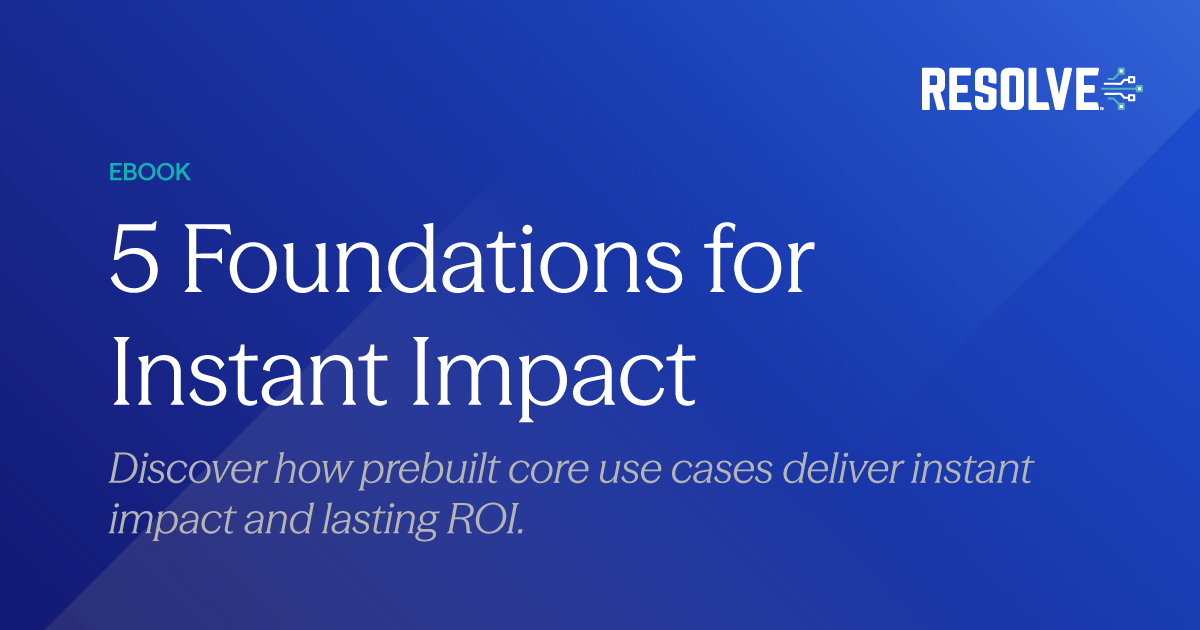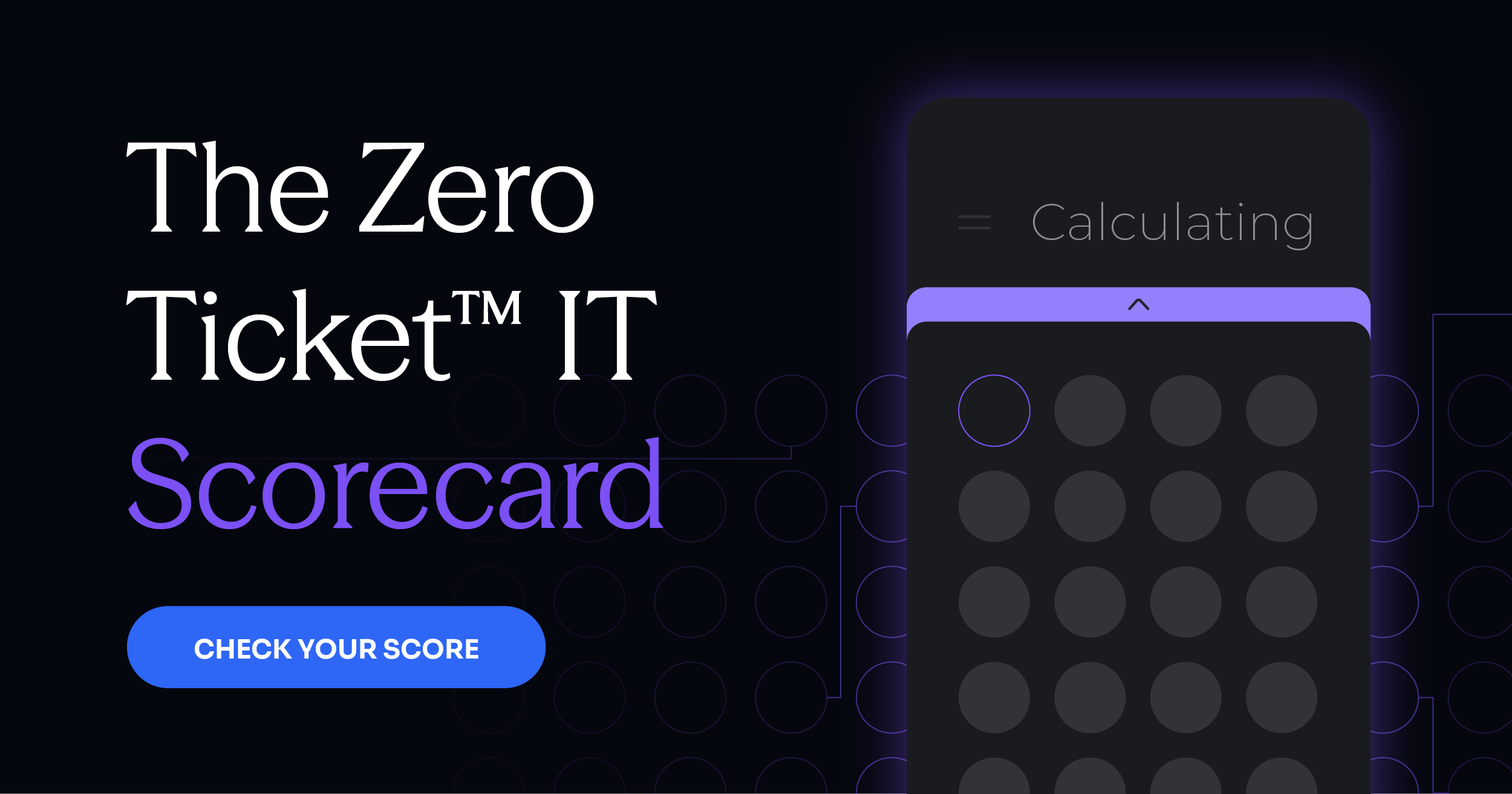
Beyond RPA: Your Checklist to Unlocking the Full Potential of Automation
Subscribe to receive the latest content and invites to your inbox.
Robotic process automation (RPA) initiatives often falter because enterprise application leaders choose use cases that involve intricate business logic, extended workflows, and require significant orchestration or additional technologies to deliver business value.
In essence, RPA is not well-suited for complex workflows, lengthy processes, and those requiring extensive coordination.
Leading analysts agree that success in RPA requires selecting appropriate use cases by evaluating them based on volume, stability, scope, complexity, data, and business outcomes to maximize ROI and other operational goals.
The Resolve team recently attended IA Week and heard a common theme: RPA has some serious limitations. While the technology itself can be cost-effective, many organizations quickly discover that maintaining the automation can become a resource and budget drain. This leads to technical debt and boosts the total cost of ownership (TCO) for individual initiatives.
While RPA has significantly advanced from basic screen-scraping with limited workflow capabilities to a much more versatile tool, it still struggles with handling complex tasks. Consider this example, which highlights all three challenges: complexity, length, and orchestration.
To help identify appropriate use cases for RPA, here's a checklist:
Volume
- What is the volume and frequency of the process?
- Will automation directly result in measurable cost savings, revenue growth, and/or risk mitigation?
Pro Tip: Choose high-volume, standardized processes to amplify benefits against the unit cost of automation, especially those involving more full-time equivalents (FTEs).
Scope
- Is your use case specific enough?
- Can the process be broken down into smaller components?
Pro Tip: Plan tactically, create a foundation for your RPA journey, and ensure minimal steps with very few exceptions (ideally no more than 20).
Complexity
- How many steps are involved?
- How many different applications must be accessed?
- Does the process involve multiple different functional workflows?
- How many environments and/or virtual desktop will the bot need to navigate?
Pro Tip: Less complex use cases should involve no more than three to five application platforms, shorter workflows, and limited business rules. For more complex cases, focus on automating the primary workflows and let humans tackle the exceptions.
Stability
- Is the process predictable and standardized?
- Will the tasks performed be repetitive and consistent?
- Does the workflow require any subjective decision-making?
- Is the application stable with no major upgrades or interface changes scheduled?
Pro Tip: Prioritize processes that are highly predictable and standardized, have very few exceptions, are rule-based, and involve non-subjective tasks.
Data
- Are the data inputs evident and clearly defined?
- Has the complexity of the data been determined (structured/unstructured)?
Pro Tip: Stick with data that is structured, clean, and accessible.
For organizations to truly thrive in their automation efforts, it's essential to look beyond standalone RPA solutions. By adopting a best-of-breed approach and integrating complementary technologies, businesses can achieve significant efficiency gains and operational improvements. This is where combining RPA with IT Process Automation (ITPA) becomes a game changer.
While RPA excels at handling rule-based, repetitive tasks, ITPA brings decision making and complex problem solving capabilities to the table. Together, these technologies create a hyper-productive work environment that not only drives cost savings but also enhances overall business agility.
Resolve can help you seamlessly integrate RPA and IT automation, delivering a robust and scalable automation strategy tailored to your unique needs.
Ready to take your automation to the next level? Explore how Resolve can help you achieve your operational goals and stay ahead of the competition. Contact us today to get started on your automation journey!






